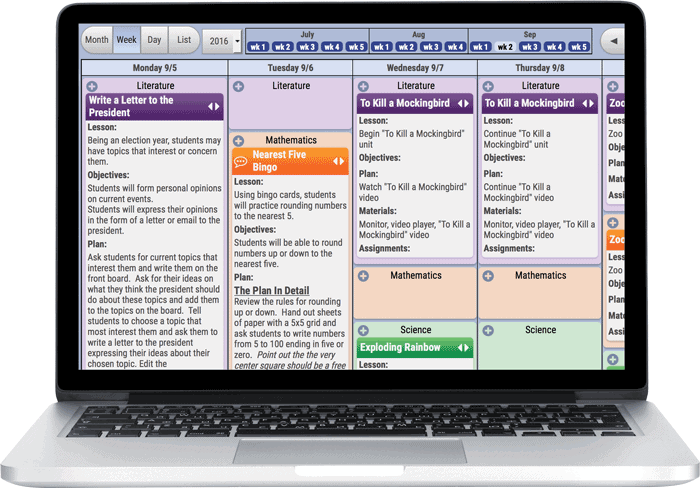In a previous post, we discussed the importance of report card comments for providing parents with information about their students’ performance. But what kind of information should these comments provide?
As education consultant Leah Davies wrote for Kelly Bear Press, narrative comments should elaborate on the student’s strengths and offer ways the child could improve his or her academic work and/or classroom behavior. But writing unique and meaningful report card comments takes significant time and effort.
Further, as ASCD notes, many report cards say too little about the specific tasks the student has actually done or not done.
Letter grades do not provide enough context for student achievement, and cannot clarify if students are on track to meet performance standards or if they will be prepared for the next grade level.
In short, report cards need to provide more contextualized, credible, verifiable, and honest information about student performance.
Narrative Comment To-Dos
Start on a positive note. Third-grade teacher and Scholastic.com writer Genia Connell says that “as a teacher, it is our duty to be truthful, but we also need to be tactful.” To that end, she recommends starting narrative comments with a statement that lets parents know how happy you are to be teaching their child, or how much their child is learning and growing. Also, positive report card comments can inspire students to live up to their teacher’s remarks.
Stay focused on the student. Report cards are not an ideal location for rehashing the curriculum and lessons that have been covered in the reporting period. Comments should highlight student performance and goals for the upcoming term.
Speak to the parent and the student. Report cards are an indicator of progress for both students and their parents. Acknowledging both in narrative comments makes the report more inclusive and reduces the chance for friction between students, parents, and teachers.
Give examples. Vague language like “Susie is doing great” might make parents feel good, but that won’t help Susie improve as the school year continues. Pick out notable moments in class, such as when the student added an insight to the class discussion, to highlight larger trends.
Provide specific information across several different areas. While time and space will probably preclude a comprehensive evaluation, narrative comments should reflect multiple areas of a student’s performance. Education World recommends topics like attitude and behavior, group work and social skills, participation and communication skills, time management, work habits, and more.
Narrative Comment Don’ts
Use academic jargon. Comments should be written in language that is easy to understand for both parents and students. Report card language should be clear and crafted with the audience in mind.
Overemphasize the negative. Too much focus on a student’s shortcomings is unlikely to improve outcomes in the classroom. Also, parents who are concerned about their child’s performance might feel overwhelmed by negative comments and unable to help them improve.
Overuse abbreviations or acronyms. We understand that report card space is limited, and there will always be an impulse to shorten words and sentences in an effort to fit more information. But what good does that extra information do if parents and students don’t understand it? Parents and students expect clarity in their report cards, and using acronyms and abbreviations that they don’t understand won’t help them understand what they need to know.
Structuring Narrative Comments
The Tri-County Regional School Board created a helpful guide for creating useful report card comments. When used properly, this structure should give parents a picture of what the student has accomplished during the term and what she may need to work on in the future.
Opening overall statement. Establish the student’s overall achievement level as it pertains to the subject area. Some teachers create a generic opening statement according to the student’s grade (one for “A,” one for “B,” etc.) before diving into individual specifics.
State the student’s subject strengths. This section can offer evidence that lets the parents know how you view their child as a person, a classmate, and a student, in addition to what the student achieved during the term.
Identify challenges. Parents are generally more receptive to comments about student struggles if they follow a positive statement. Also, make sure that critiques are written in a constructive way that avoids definitive words like “never,” “cannot,” and “will not.”
Next steps to address challenges. This section should also be constructive and forward-looking. Phrases teachers can use to address student needs in a positive way include “would benefit from,” “needs to continue to,” and “is encouraged to.”
Finally, a repository of comments and phrases that can be adapted for any grade or subject will speed up the report card process. TeacherVision and other educational websites offer language that teachers can use and customize for each student.



